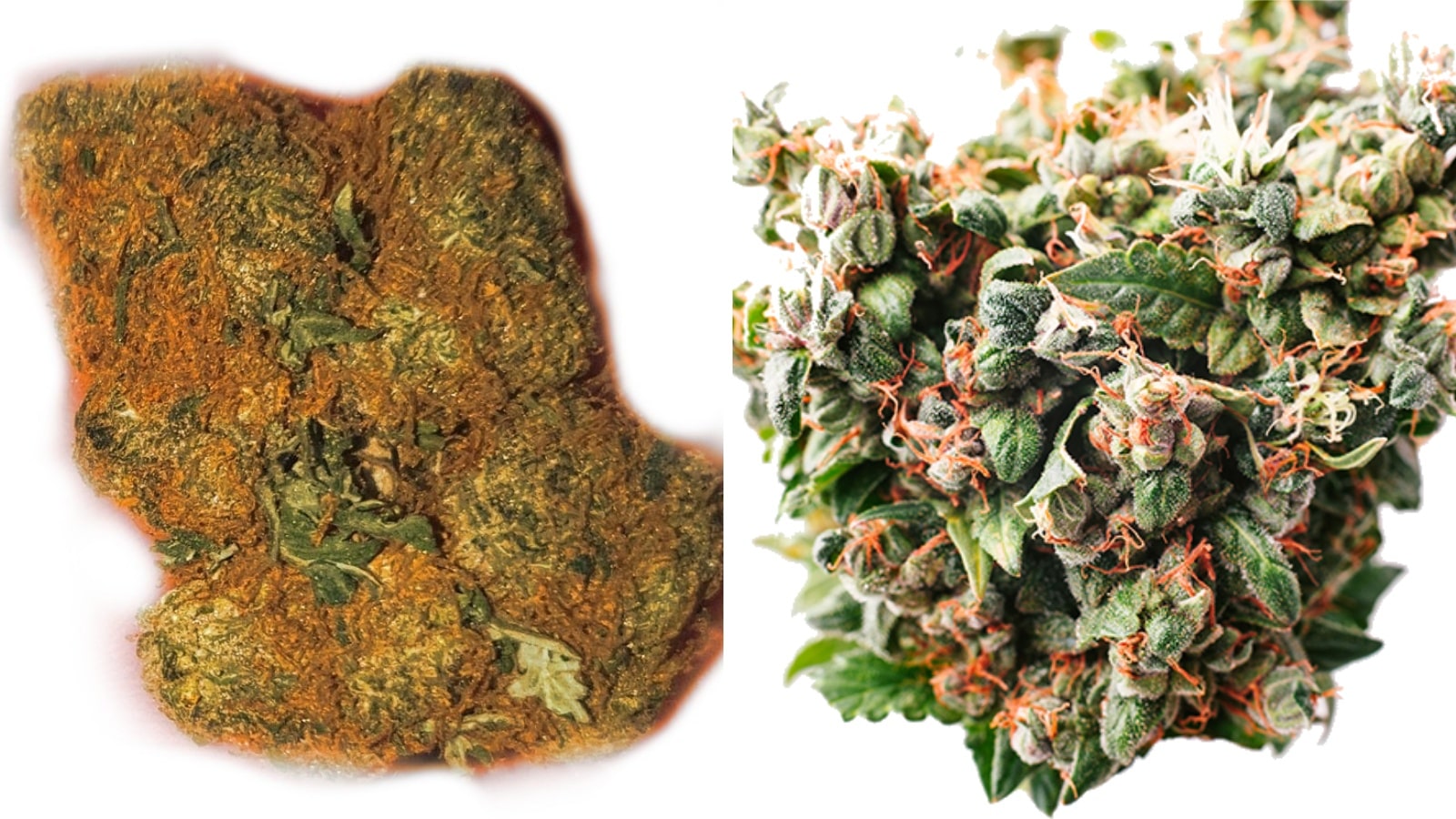
The Short & Long Term Effects of PGR Weed
With PGR marijuana in the spotlight, the biggest concern for Australians and New Zealanders is “what are they short term and long term effects of smoking PGR weed?”.
The general dangers and health problems are evident with PGR chemical-laced cannabis, but how does this weed affect your body?
The short term and long term effects of PGR weed on your body and overall health include:
- Liver damage
- Migraines & headaches
- Dizziness
- Scatterbrained (inability to concentrate)
- Difficulty breathing & coughing
- Impacting your fertility
- Skin irritation
- Eye irritation
- Potential organ damage
PGR weed should not be inhaled, smoked, or ingested due to the potential long-term adverse effects on your health.
The long term and short term effects of smoking PGR weed
A lot of people have been unknowingly smoking PGR marijuana for years.
Weed being illegal in Australia means that there are no safety regulations around growing and cultivating marijuana.
This has led to people using PGRs (Plant Growth Regulators) to spray chemicals on the marijuana plants to force them to grow faster and produce bigger yields.
The result is the poor quality weed that has more chemicals than it does THC to get you high.
The typical short term effects of PGR weed include:
- Headaches
- Dizziness
- Scatterbrained
- Fatigue
- Nauseous
The worst type of PGR marijuana is when the bud is still wet/moist and has a distinct chemical smell. Smoking this will be just as bad as smoking synthetic weed.
It is safer to throw away any PGR weed than to smoke it.
The people who grow cannabis with PGRs are doing this to make a quick and easy profit, regardless of any damage it does to our health.
To understand the short term and long term effects of PGR weed on our body, we need to look at the PGRs themselves.
The most common PGRs used on marijuana in Australia & New Zealand include:
As an example of how PGRs work, the Paclobutrazol has a unique effect on growing cannabis plants; once laced with this PGR chemical, the plant will stop producing THC, and it forces the flowers to grow tighter, denser and heavier than usual.
The effects of Paclobutrazol on our body after smoking marijuana include:
- Impacting fertility
- Dizziness
- Headaches
- Breathing difficulties
- Liver damage
The effects of Daminozide, also known as Alar, on cannabis enhances its ability to grow larger flowers (bud) for larger yields. Still, it also hinders the plant’s ability to produce terpenes and cannabinoids such as THC, CBD, and CBN.
As Daminozide is a probable human carcinogen, it is banned from being used on plants that are intended for human consumption.
The Chlormequat Chloride effects on marijuana plants are simple. First, it stimulates the plant’s flowering process to speed up the time taken to harvest.
The effects of Chlormequat on humans may include:
- skin irritation
- eye irritation
- organ damage
There is plenty of research about PGRs, and the majority of these show the negative effects on the human body.
There is a reason why the government bans many PGRs from being used in the cultivation of plants that are intended for human or animal consumption.
These dangerous PGRs have a negative short-term and long-term effect on the human body.
Find out more about PGRs and weed in Australia here!
The Research, Science & Evidence
- How PGRS Are Impacting fertility - NCBI Study
- How Paclobutrazol can cause liver damage - Mass.gov
- The effects of plant growth regulators on basic cannabinoids
- The characterization of Plant Growth Regulators (PGRs).
- The effects of Plant Growth Regulators on yield and quality.

James King
James is an experienced writer and legal cannabis advocate in Australia. He answers all the questions about business, legalisation and medicinal cannabis.
Disclaimer: Cannabis Place are not doctors and we recommend consulting health professionals for accurate information. This site may contain information regarding drugs. This medicinal cannabis content is designed for an 18+ audience. Click here for our full disclaimer

